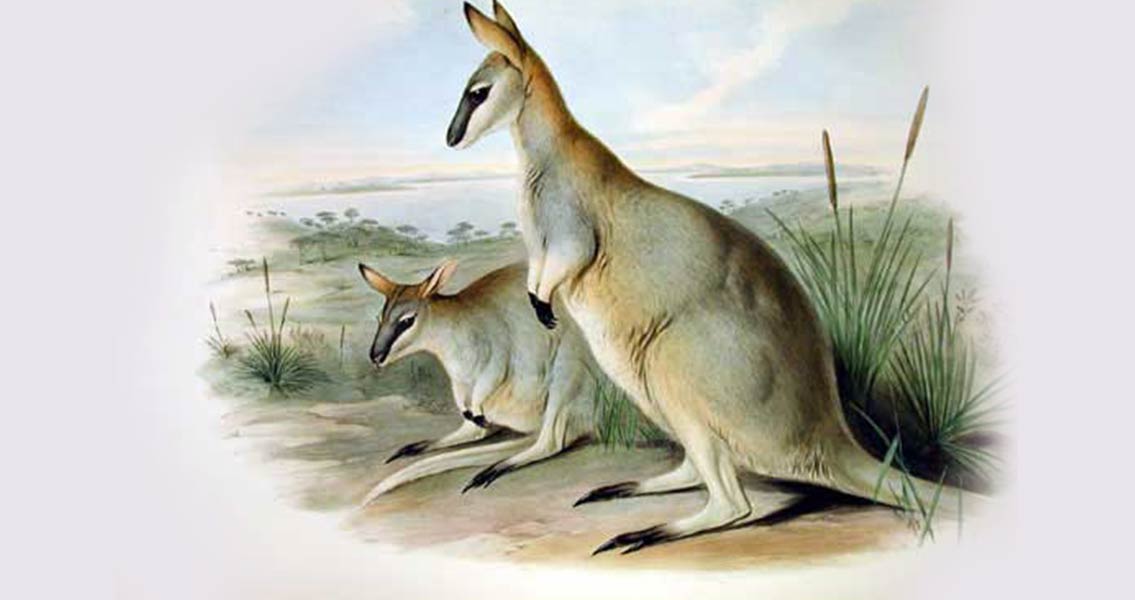<![CDATA[Kangaroos are one of the most fascinating creatures on Earth, due to the way they hop about on their legs and keep their young in pouches attached to their bellies. But according to recent research by evolutionary biologists in the United States, the ancestors of modern-day kangaroos used to walk rather than hop. This now extinct species of kangaroos used to roam around Australia about 30,000 to 100,000 years ago. The study was led by evolutionary biologist at Brown University in Rhode Island, Christine Janis. She conducted her study by travelling to six museums around the world and measuring the bones of 140 kangaroos. The species that was looked at in particular was the "Sthenurus stirlingi". Sthenurine kangaroos had a different anatomy to Today's. Their bodies were constantly in an upright position, and they could support themselves on one leg at a time because of their sturdy knees and ankles, and large hips. They did not hop around because of their large size, according to Janis. She went on to say that juveniles may have hopped around on occasion, but would have moved very slowly and a little more awkwardly. They looked more like rabbits in the face than today's kangaroos. The other factors, apart from their size, that prevented these kangaroos from hopping about included their heavy bone structure and relatively short faces, alongside a lack of a flexible spine, long legs and a large tail. Kangaroos today are also able to move on all fours for slower speeds, which is a result of their flexible spines. The ancient kangaroos however, had adaptations that made them more suitable for walking uprightly, like humans, such as the more rigid spine and the larger hips and knees. Janis' project began in Sydney in 2005, when she looked on a sthenurine skeleton and realized that its spine wasn't as flexible as the other kangaroos. In her mind she started to wonder why this was, so she and some colleagues spent a few years learning about the way kangaroo spines helped them to hop about with the speed and grace that they do. They then went on to study other similarities and differences between the sthenurines and modern grey and red kangaroos. Some of the similarities they read about during the first phase of their research were that sthenurines' teeth were adapted for browsing trees and shrubs, in the same way as red kangaroos. Some experts are not buying into Janis' conclusion, as they argue that the extinct kangaroo did hop. One of the reasons why the area of kangaroo locomotion is so contested is that there are many similarities between the skeleton of an extinct, and a living kangaroo. The researchers believe however, that the sthenurine kangaroos started walking in a quadrupedal manner, then started walking bipedally at slow speeds, and finally started to grow shorter tails and have their backs straightened out. Eventually, the larger species of kangaroo stopped hopping. This species is thought to have weighed up to 500 lbs. The researchers are now looking for reasons into why some kangaroos began hopping, and if the sthenurines' propensity for walking led to its extinction.]]>
Prehistoric Kangaroos Were Too Large to Hop
